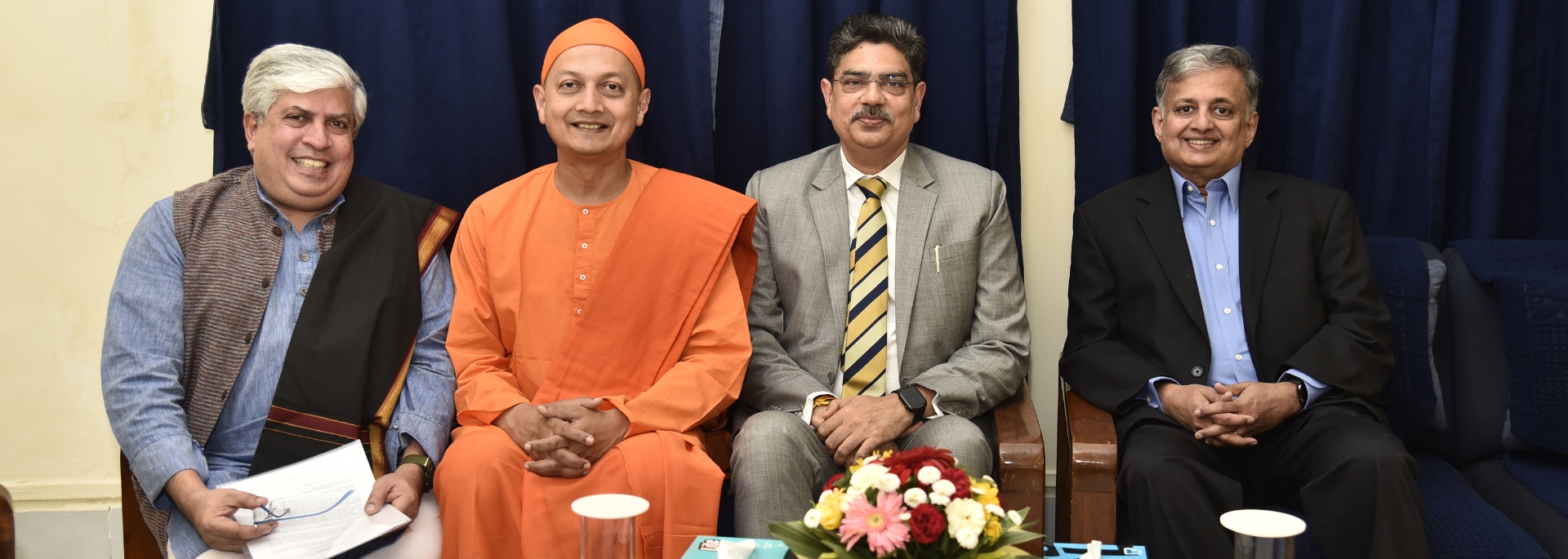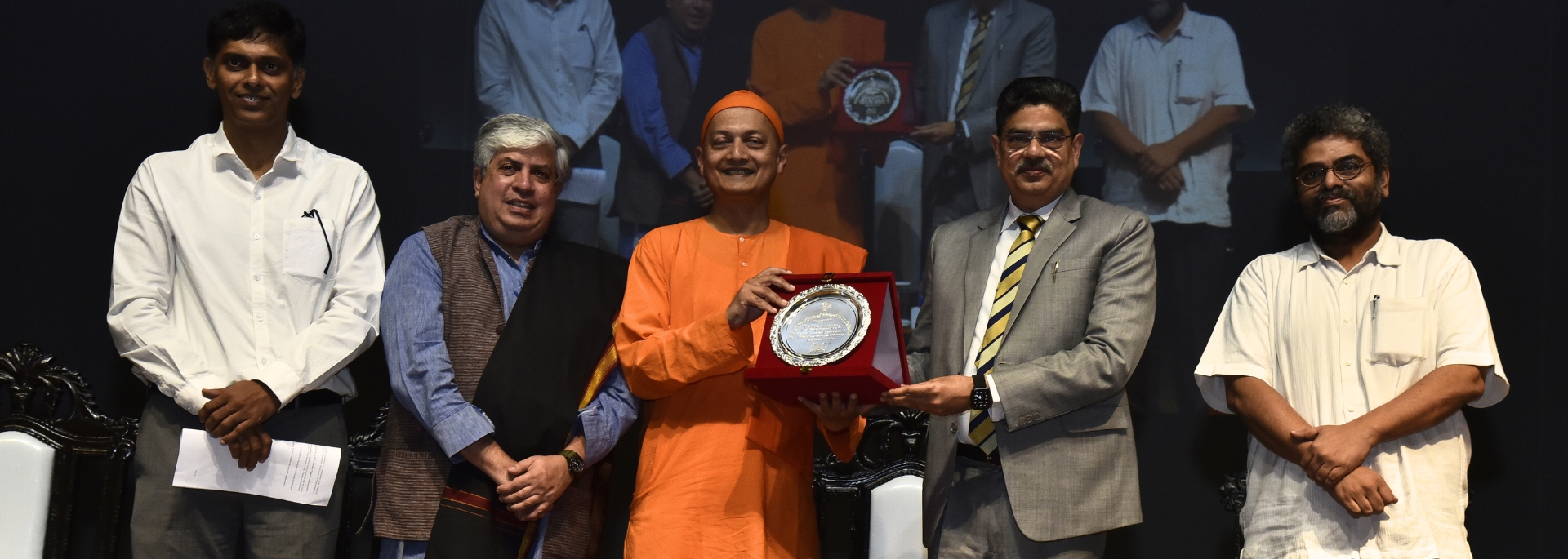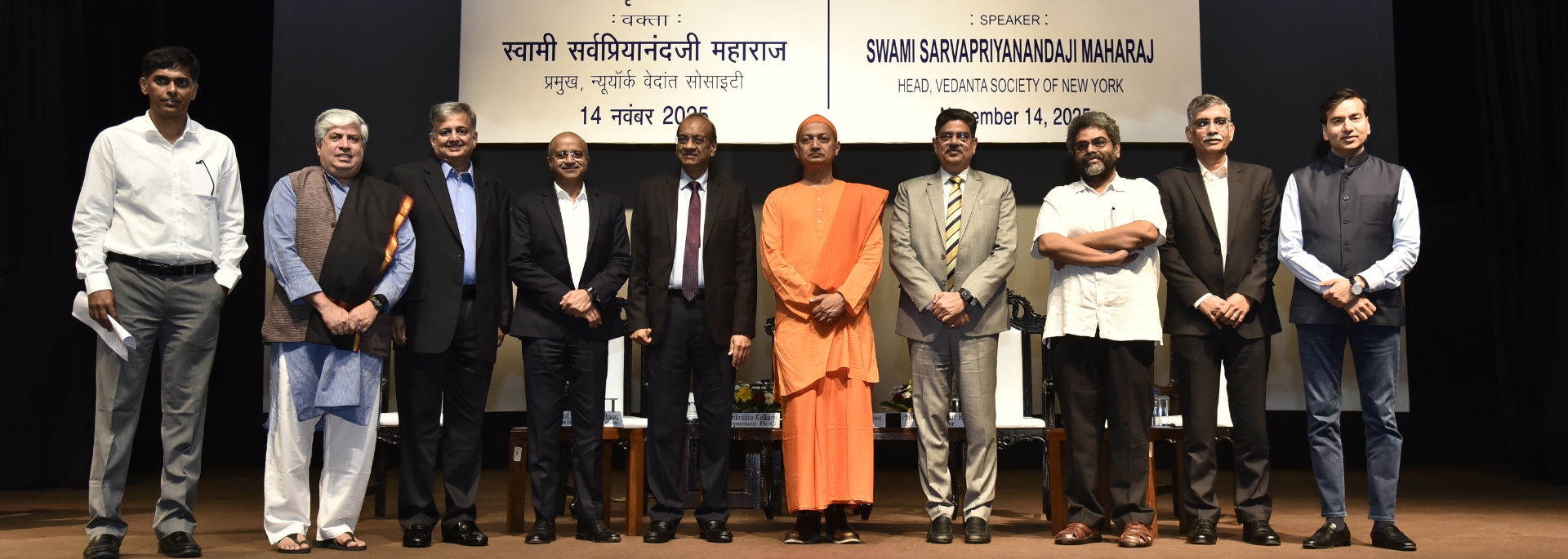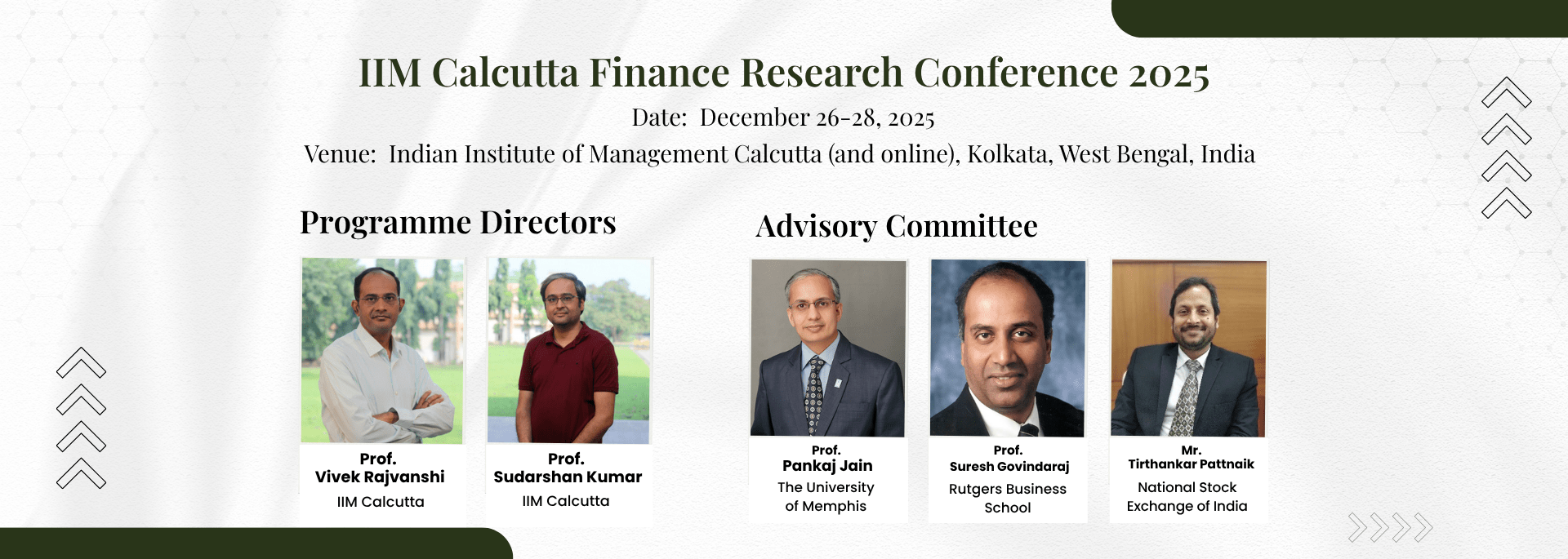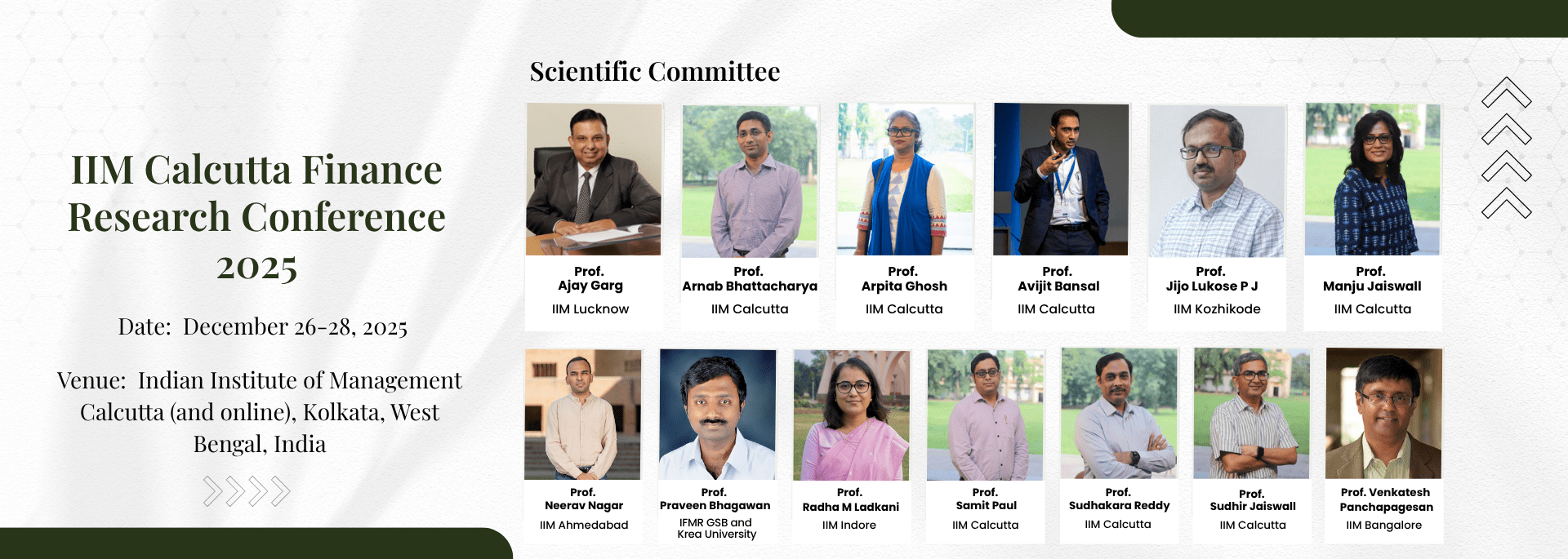By Ashok Banerjee & Kamran Quddus
It was April 5, 2011, and Anna Hazare was on a hunger strike as part of the Jan Lokpal Bill agitation. The entire nation’s attention was on Hazare and the electronic media were fuelling such attention with round-the-clock coverage. Debates swirled in offices, universities and Parliament on the legitimacy of Hazare’s fast.
The Nifty fell by 0.4 per cent in the next two days, traded volume in Nifty stocks also falling during this period. Where was the investors’ attention during this time? It was probably more tied up with this major nonmarket event leaving market-specific news carrying strong sentiment unnoticed. Take another major nonmarket event: the bomb blast in Pune on August 1, 2012. The Nifty fell by almost 0.5 per cent in the next two days.
Let there be no other breaking news
TV Screen vs Trading Screen
This phenomenon of investor behaviour has been observed in other countries as well. During the 2010 World Cup in South Africa, the number of trades made when the national teams were playing fell by 45 per cent in respective stock exchanges (Michael Ehrmann and David-Jan Jansen, ‘The Pitch Rather than the Pit: Investor Inattention During Fifa World Cup Matches’, ECB Working Paper, February 2012). Such attention isolates the focus of an individual to a particular task or information, making him oblivious to other information. In case of divided attention, more than one piece of information is processed with imperfection. So, activities, which require focused attention, can be performed with effectiveness only one at a time.
Processing any attention-grabbing event requires effort. If that effort is directed towards a particular information, extra effort is required to process any other information at the same time, no matter how much sentiment that information may carry. One explanation for such an attitude when attention is divided is that the two sources of information vie for limited attentional resources, or ‘mental effort’. Attention could be voluntary (endogenous) or generated by outside stimuli (exogenous).
For example, a congenial surrounding, say, a pink room, will direct attention naturally without much effort. The attention drawn by a screeching car horn, on the other hand, is exogenous. Exogenous attention can overshadow endogenous attention.
So, when one’s attention was drawn to Hazare’s fast (exogenous), a regular stock trader would get carried away by that news and thereby neglect ‘voluntary’ attention. The whole literature on sentiment analysis seeks to extract the material content of any information flow and to observe the reaction of consumers or investors as ‘aroused’ by the sentiment of such information.
The presence of information in electronic format on real-time basis, and the availability of advanced natural language processors, helps one measure sentiment of any new information on a continuous basis. Whether an investor will act rationally based on the availability of information depends on the ‘effort’ that the investor would like to put in processing such information. Vendors who provide sentiment scores on news are, in a way, reducing the mental effort required to process any information. They would, therefore, argue that an investor needs to spend a fraction of her limited attention span to act on available sentiment.
But our research has shown that investors cannot operate on divided attention. Major non-market attention-grabbing events overwhelm firmspecific information carrying strong sentiment. For example, when Hazare was on his fast, a positive news item on Coal India gaining Maharatna status generated negative sentiment. Its price fell by almost 2 per cent over the next two days. Around the same period, there was neutral-topositive news on Infosys with officials reportedly in talks to have the IT company set up local presence. Strangely, the stock reported a negative cumulative abnormal return (CAR) of 1 per cent in the two days around the Hazare event.
Big Hammer for Small Cos
What about the reaction of mid-cap and small cap stocks during this period? The results are even more damaging. Mid-cap Oracle Financial Services reported a CAR of –3 per cent during the period, even as the news of a highly positive sentiment — ‘Bank of the Lao PDR selects Oracle Flexcube Universal Banking to Modernise Operations’ — was published on March 29, 2011. A small-cap company, Hexaware, witnessed a CAR of –1.5 per cent over the three-day window around a very positive news — ‘Hexaware wins multi-million dollar deal’ — reported on April 13, 2011.
Our study has similar results for several firm-specific news items during various non-market attentiongrabbing events. When the attention of the traders was not ‘diverted’ to non-market events, they responded rationally to firm-specific news.
For example, just two months before Anna Hazare began his hunger strike, there was a positive news item on Coal India: ‘Coal India says price hike to add 62 billion rupees to FY12 revenues’. The company reported a positive two-day CAR of 3 per cent.
More striking results were found in case of Hexaware. On May 30, 2011 —some two months after the news of the Anna Hazare agitation had subsided — the company announced that it had bagged an order worth over $25 million in Europe. The market greeted the news with a positive 6 per cent CAR over three days around the news.
Thus, two Hexaware stories, with equally strong positive sentiments, were treated differently depending on whether they received ‘undivided’ attention or not.
To sum up, sentiment works when there’s attention on the information.
(Ashok Banerjee is professor (finance), and Kamran Quddus is research scholar, IIM-Calcutta)


